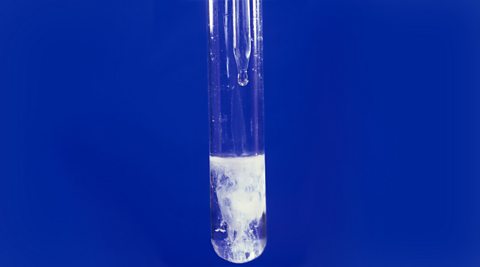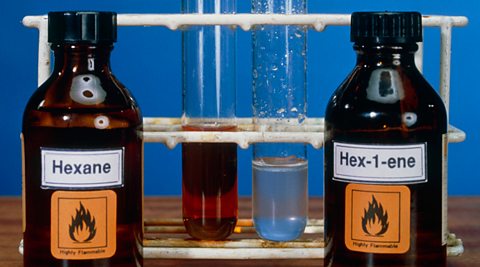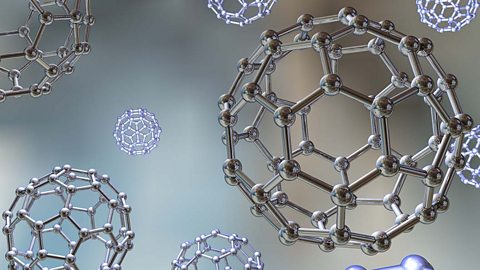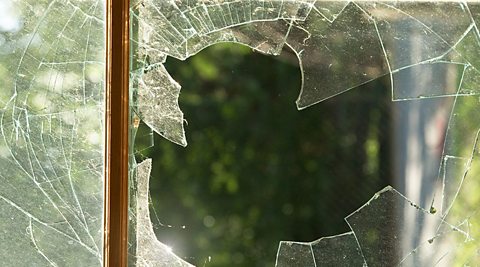Separate chemistry 2
Tests for ions - Edexcel
Flame tests and chemical tests are used to detect and identify ions in samples. Instrumental methods of analysis are faster, and more accurate and more sensitive than simple chemical tests.

Hydrocarbons - Edexcel
The alkenes form a homologous series of unsaturated hydrocarbons. Bromine water is decolourised by alkenes but not by alkanes.

Polymers
Addition polymers are made from molecules containing C=C bonds. Polymers have different properties and uses but it is difficult to dispose of them. DNA, starch and proteins are biological polymers.

Alcohols and carboxylic acids - Edexcel
Alcohols contain the –OH functional group. Ethanol is made from sugars by fermentation, and concentrated using fractional distillation. Carboxylic acids contain the –COOH functional group.

Nature and uses of nanoparticles - Edexcel
Nanoparticles are 1 nm to 100 nm in size. They have very large surface area to volume ratios. The properties of nanoparticulate substances are different from those of the same substance in bulk.

Bulk materials - Edexcel
Materials include glass and clay ceramics, polymers, metals and composite materials. They have different physical properties, which make them suitable for different uses.

Sample exam questions - Separate chemistry 2 - Edexcel
Understanding how to approach exam questions helps to boost exam performance. Question types will include multiple choice, structured, mathematical and practical questions.

Links
- External linkExternal link
- External linkExternal link
- SubscriptionSubscription
- External linkExternal link
- External linkExternal link
- External linkExternal link
- SubscriptionSubscription
- External linkExternal link